#scottish folklore
Text

The Kelpie by Herbert James Draper (1913)
#herbert james draper#art#paintings#fine art#1910s#1910s art#academism#academicism#academic art#painting#english artist#british artist#mythology#scottish mythology#scottish folklore#kelpie#classic art
10K notes
·
View notes
Text
'Wool waulking is a traditional Scottish process of finishing and strengthening newly woven woolen fabrics. It is a significant social and cultural activity, often carried out by women in the Highlands of Scotland. The Gaelic songs that are sung during waulking have a distinctive rhythmic pattern that aids in synchronising the work.'
(Video and text via Inverness Outlanders)
#so obsessed with waulking songs so i had to share this#folk#folk culture#scotland#scottish folklore#celtic folk#scottish gaelic
12K notes
·
View notes
Text

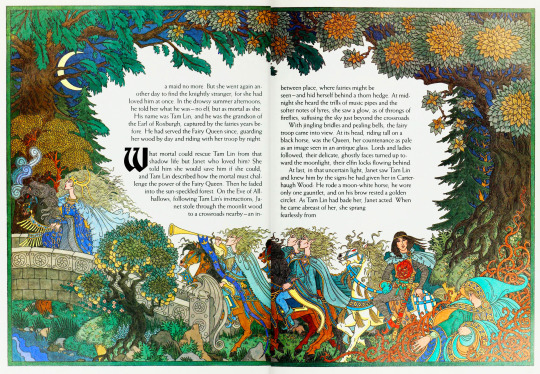


Jill Karla Schwarz, 'Tam Lin', ''Fairies and Elves'', 1984
Source
I'm going to use this post as the perfect opportunity to direct you to my favorite song from the folk band Fairport Convention from their 1969 album 'Liege & Lief', Tam Lin (which, I'm sure, I've posted about at some point)
#Jill Karla Schwarz#american artists#Tam Lin#scottish ballads#scottish folklore#time-life books#fairies#elves#fairport convention#folk songs
1K notes
·
View notes
Text
So I was looking up myths and such and found a Cù-sìth, found in both Irish and Scottish folklore. The Cù-sìth is described as a large dog like creature that has shaggy green fur and is as large as a small cow.
And I thought: Thats Cujo!!!!
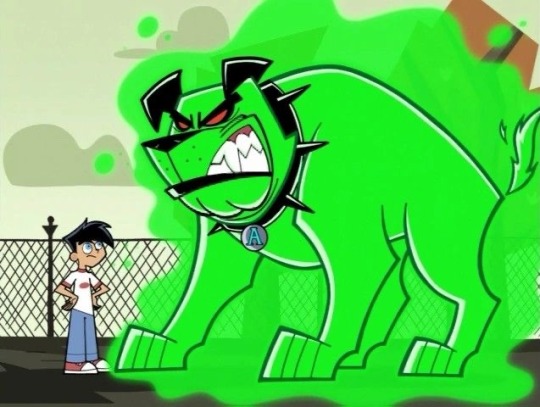
The Cù-sìth are known for taking dying souls to the afterlife.
#fun#:3#danny phantom#danny fenton#Cujo#dp cujo#scottish folklore#irish folklore#they are also called fairy dogs
1K notes
·
View notes
Text
How To Get Free Books On Folklore
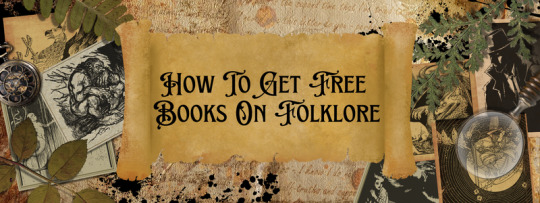
I do not believe in gatekeeping knowledge, so this post will be sharing how I get all my folklore books for free, legally.
To explain, when a book gets over a certain age and the copyright is not upkept, it falls under “public domain.” When that happens, many different websites will provide those books as a free download.
This is not restricted to one type of book, either. You can grab anything from Sherlock Holmes to history books, to folklore, and more.
If you are looking for a specific book, you may have to check more than one source, so I suggest bookmarking more than one website.
Example Websites:
Internet Archive
Project Gutenberg
Google Books
Open Library
Electric Scotland (Scottish books)
Sacred Texts
National Library of Scotland: Ossain Collection
Forgotten Books
Hathitrust
For me when I download a book, I then upload them to my Google library so that I can use the search functions as well as bring up the books anywhere, but a popular PC option isCalibre.
If you are interested in Scotland-specific folklore, I do have some suggestions of books you can start with.
Scottish Folklore Books:
(link) A Dictionary of Fairies: Hobgoblins, Brownies, Bogies, and Other Supernatural Creatures by Katharine Briggs (1976)
(link) Folklore of Scottish Lochs and Springs by James M. Mackinlay (1893)
(link) Superstitions of the Highlands & Islands of Scotland by John Gregorson Campbell (1900)
(link) The Peat-Fire Flame: Folk-Tales and Traditions of the Highlands and Islands by Alasdair Alpin MacGregor (1937)
(link) Notes on Folk-Lore of the North-East of Scotland by Walter Gregor, M.A. (1881)
(link) The Fairy-Faith in Celtic Countries by W.Y. Evans-Wentz (1911)
(link) Witchcraft and Superstitious Record in the South-Western District of Scotland by J. Maxwell Wood (1911)
(link) Witchcraft & Second Sight in the Highlands & Islands of Scotland by John Gregorson Campbell (1902)
(link) Folklore of Scottish Lochs and Springs by James M. Mackinlay (1893)
(link) Folk-Lore From The West of Ross-Shire by C.M. Robertson (1908)
(link) The Fairy Mythology / Illustrative of the Romance and Superstition of Various Countries by Thomas Keightley (1850)
(link) Popular Tales of the West Highlands by John Francis Campbell (1862)
(link) Scottish Fairy and Folk Tales by Sir George Douglas
(link) The Scottish Fairy Book By Elizabeth W. Grierson (1918)
(link)
(link) Popular Superstitions of the Highlands By W Grant Stewart (1823)
#folklore#mythology#myths#lore#scottish folklore#ScottishFolklore#scottish mythology#history#witchcraft#folk magic#folkmagic#paganism#scottish paganism#ResearchResources
3K notes
·
View notes
Text
I totally understand Brownies (from Fairy lore) now
for those who don’t know what Brownies are; they’re smallish fae spirits that do household chores around the house (or barn if you’re a farmer) while you’re asleep. They’re depicted as small men or funky little furry creatures.
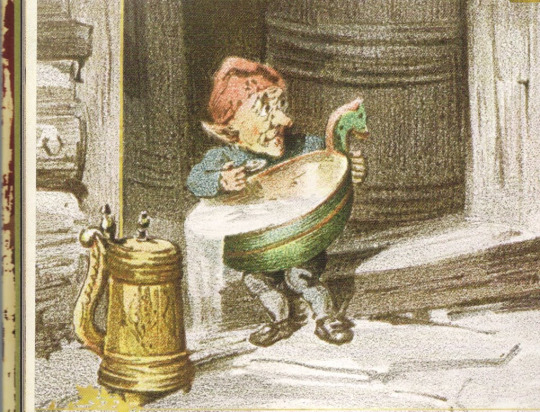

They do things like sweeping, dusting, and laundry. In return they expect just a simple meal and for you to leave them alone. However, if you try to pay them or give them clothes they feel insulted and leave.
When I heard about Brownies growing up and chores were daunting and draining I was like??? why wouldn’t you want to get paid??? Isn’t it a bit rude of them?? That’s an overreaction to being given money and/or fresh clothes. That person was just trying to be nice!!
now i’m like
-Oh, my sister wasn’t able to do all of her laundry before work! I’mma just finish it up before she gets home :)!
-I’m gonna vacuum today, I know it’s been stressing my sister out how dirty the carpet is
-I have energy to reorganize the pantry! I’m doing that so I can cross off another big chore off the list!
I like making people’s lives easier by doing tasks when they’re away.
I can see why a Brownie would be insulted by being gifted money. They don’t want these tasks to be work. They just want to be appreciated. When they’re given money, these tasks go from being small gestures of kindness to something that is expected. Gifts and gestures are so much easier to perform if you know its going to be a surprise.
From an adhd point of view, I can see why a Brownie would be insulted by being gifted new clothes. It insinuates that the Brownie can’t take care of themself. I do sometimes struggle to maintain healthy habits but I’m not gross. If it was an actual problem that is enough of a motivator to get me to change my ways. From the Brownie’s perspective, they’re doing just fine and they don’t appreciate you implying they can’t take care of themselves.
or maybe there are confirmed explanations of why Brownies don’t like money or new clothes that I didn’t find in my brief research-- but the above two points are from my personal experience.
Brownies just want to help make your stressful life easier, and in return they just want a cup of hot chocy and maybe a small chat after you get home from work
#G muses#scottish folklore#brownies#funky lil guys#brownies are neurodivergent and get upset when you take away their source of dopamine
3K notes
·
View notes
Text

By Rowan Berry and Red Thread,
I put all Evil to its speed...
106 notes
·
View notes
Text

The Kelpie is a shape shifting water spirit in Irish and Scottish legends, who most frequently appears out of water as a black horse-like creature that will drag unwary travelers down into the cold waters
#kelpie#water kelpie#water spirit#water monster#water creature#alteredai#mythical creatures#scottish folklore#irish folklore#loch monster
120 notes
·
View notes
Text
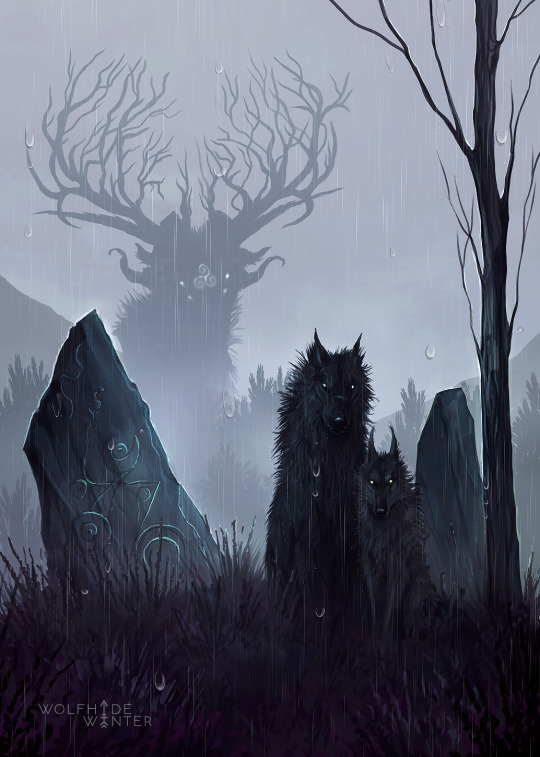
A family style portrait of Bastian and Nessa with Hattie in the background
#Scottish folklore#werewolves#Bastian#Wolfhidewinter#myart#Glaistig#Hattie#Nessa#Landscape#Digital Art
969 notes
·
View notes
Text
The elusive wulver...
In folklore werewolves aren't anywhere near as monstrous as they are often portrayed in modern fantasy. There are plenty of horror stories about them, but often they just cause misschief, of startle people, and they can even be (begrudgingly) helpful, or end up the victim of their story. You can find various examples scattered about on my blog.
But among all stories of wolf-people, the wulver from Shetland stands out as a particularly kind character. The wulver is described as bipedal, furry, but with a wolf's head, which is not unheard of for more human acting werewolves in folklore. (Although you could argue this isn't a werewolf at all, because it never was, nor will be, fully human.) Its other main characteristic is being a keen fisherman, and sharing its catch with hungry locals.
This description comes from folklorist Jessie Saxby's 1932 book Shetland Traditional Lore, and seems the wulver's only source. Briggs quotes it in my beloved Encyclopedia of Fairies (1976), but has no other information to offer. Now of course it isn't unheard of to have only one written source for very local folklore. But they are usually a little older than the 1930s and it is odd if there is no other folklore or stories surrounding it that are even a little bit similar.
So the wulver, as a folkloric creature, kind of bugged me, and I'd look into it every now and again. But! Since I did so last, an archivist at the Shetland Museum named Brian Smith has written an article on the subject! A slightly frustrated article concluding:
The wulver has its origins in Jakob Jakobsen’s place name research, and Jessie Saxby’s misrepresentation of it. There is no Shetland wulver tradition older than 1930.
His explanation that "wulver" or "wolver" was a Shetland pronounciation of the old Norse álf (fairy) used in place names like "Wolvershul" (fairy hill), sounds solid to me. And the claim that Jessie Saxby is the only one who uses it as a name for a wolf creature also seems reasonable. But it is very clear that Smith has a bone to pick with her: "Hardly a month passes without someone asking the Shetland Archives for information about the creature."
I do feel for him, but I'd like to believe that Saxby didn't invent the wulver out of nothing on purpose. Perhaps she and one of her informants got a little lost in a headcanon, perhaps she accidentally mixed in some cynocephaly folklore. Either way, the wulver is a compelling character, and a pretty term for a wolf-creature. Folkloric or not, it makes as good an addition to the modern fantasy population as perytons and dullahan.
But I do love having a plausible answer to my doubts. Read the article yourself if you're interested:
327 notes
·
View notes
Photo
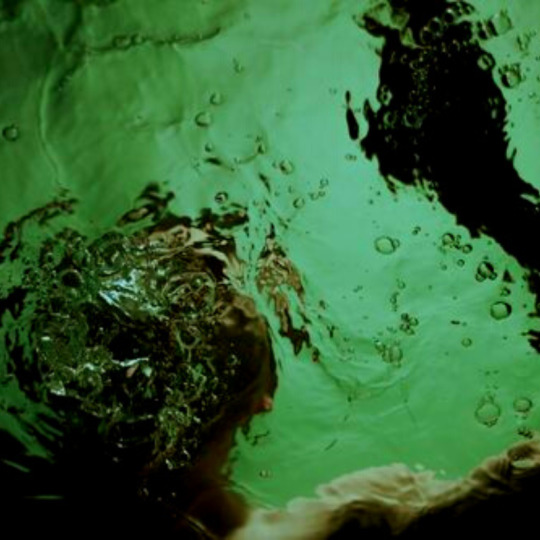
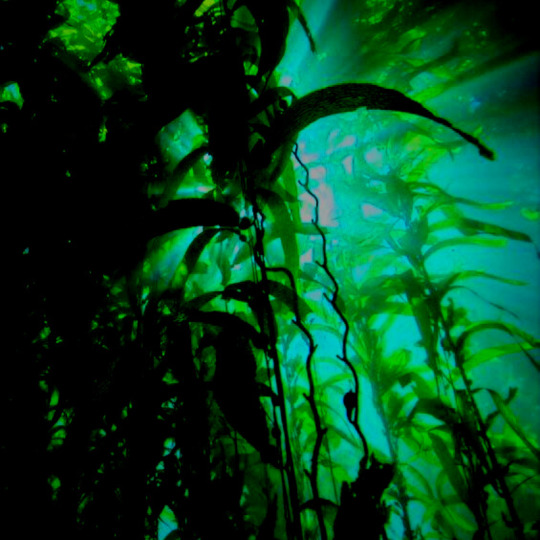
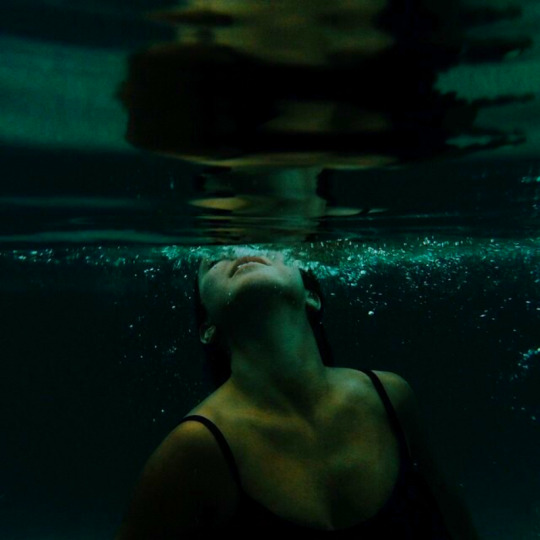

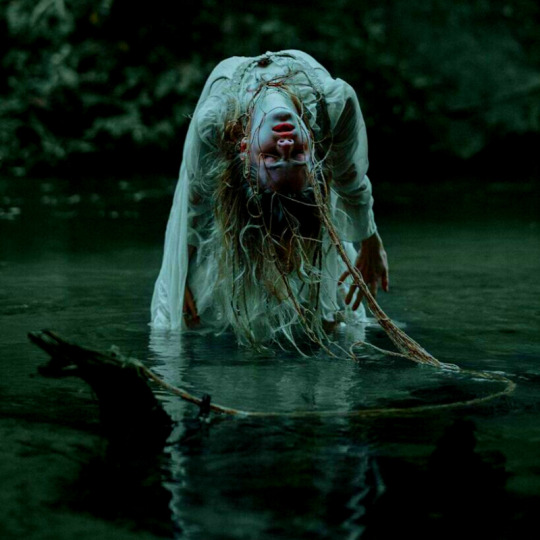
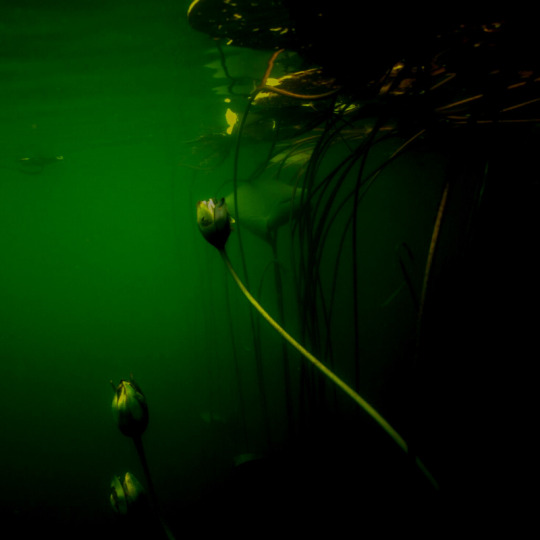



30 days of horror myths: kelpies
kelpie is a shape-shifting spirit inhabiting lochs in scottish folklore. it is usually described as a black horse-like creature, able to adopt human form. some accounts state that the kelpie retains its hooves when appearing as a human. the origins of narratives about the creature are unclear but the practical purpose of keeping children away from dangerous stretches of water.
#scottish mythology#scottish folklore#kelpie#creatures#30 days of horror myths#horror#myths#mythology#scotland
569 notes
·
View notes
Text

And last of the Celtic ones: the Wulver, from the Shetland Islands of Scotland. Unlike a lot of the wolfman myths, Wulver is apparently benign, solitary and just wants to be left alone to fish - occasionally sharing his catch with local widows #HellaWieners
#halloween#hellawieners#hella wieners#halloween 2023#celtic mythology#celtic folklore#scottish mythology#scottish#shetland islands#Shetland folklore#Wulver#werewolf#wolfman#scottish folklore
62 notes
·
View notes
Text
🌿 The Mirage 🐎
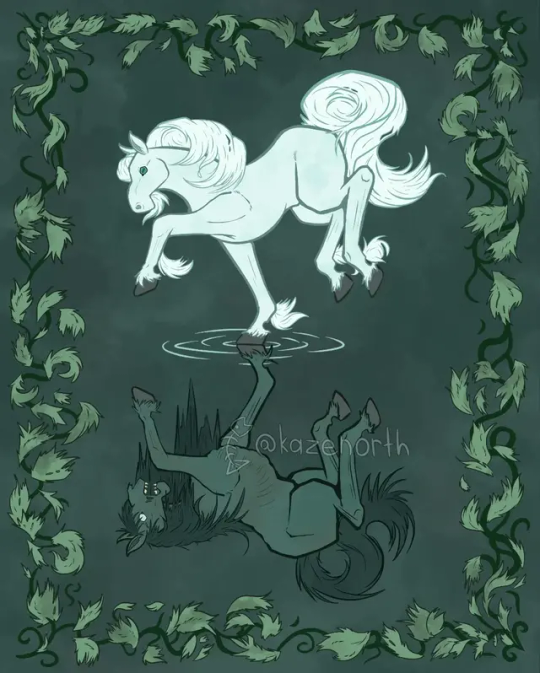

"𝘈 𝘴𝘩𝘢𝘱𝘦 𝘴𝘩𝘪𝘧𝘵𝘪𝘯𝘨 𝘤𝘳𝘦𝘢𝘵𝘶𝘳𝘦, 𝘵𝘩𝘦 𝘒𝘦𝘭𝘱𝘪𝘦 𝘩𝘶𝘯𝘵𝘴 𝘣𝘺 𝘭𝘶𝘳𝘪𝘯𝘨 𝘱𝘦𝘰𝘱𝘭𝘦 𝘸𝘪𝘵𝘩 𝘵𝘩𝘦 𝘨𝘶𝘪𝘴𝘦 𝘰𝘧 𝘢 𝘣𝘦𝘢𝘶𝘵𝘪𝘧𝘶𝘭, 𝘸𝘩𝘪𝘵𝘦 𝘩𝘰𝘳𝘴𝘦. 𝘛𝘩𝘰𝘴𝘦 𝘸𝘩𝘰 𝘮𝘰𝘶𝘯𝘵 𝘪𝘵 𝘣𝘦𝘤𝘰𝘮𝘦 𝘤𝘢𝘶𝘨𝘩𝘵 𝘰𝘯 𝘪𝘵'𝘴 𝘴𝘵𝘪𝘤𝘬𝘺 𝘧𝘭𝘦𝘴𝘩, 𝘢𝘯𝘥 𝘪𝘵 𝘵𝘢𝘬𝘦𝘴 𝘵𝘩𝘦𝘮 𝘵𝘰 𝘵𝘩𝘦 𝘸𝘢𝘵𝘦𝘳 𝘵𝘰 𝘥𝘳𝘰𝘸𝘯 𝘵𝘩𝘦𝘮."
#art#digital art#illustration#animalartist#animalart#kelpie#mythology#scottish folklore#painting#digitalart#digital drawing#digital painting#digital illustration#horse#horse art#scottish kelpie#scotland#white horse#creatures#fantasy#folklore#equine#horseart#green#sage#green art#medibang paint#animal#furryartist#animal art
64 notes
·
View notes
Text
Having niche interests is cool and all until you actually want to talk to people about it. Like, would anyone want to hear about the Scottish folktale about the man who was tricked into eating his son and the son’s bones turned into doves? No? What if we just talked about how cool the golden halo is in art and the significance of it? Damn, really? Alright let’s talk about dungeons and dragons I guess
19 notes
·
View notes
Text
Fairy Deer 🦌

While some fairy folk in Scottish folklore were said to have Fairy Cows, for much of Scotland, the fairies instead raised fairy deer.
“Everywhere in the Highlands, the red-deer are associated with the Fairies, and in some districts, as Lochaber and Mull, are said to be their only cattle.”
Superstitions of the Highlands & Islands of Scotland by John Gregorson Campbell (1900)
The fairies would milk and tend to these deer carefully, and would punish humans for killing a deer.
“When a dead deer is carried home at night the Fairies lay their weight on the bearer’s back, till he feels as if he had a house for a burden. On a penknife, however, being stuck in the deer it becomes very light.”
Superstitions of the Highlands & Islands of Scotland by John Gregorson Campbell (1900)
There are also some fairies that are said to transform into deer (which is not to be confused with a Baobhan Sith, which has the legs of a deer, but the upper body of a woman). In these stories, a fairy is in the guise of a deer.
“In their transformations it was peculiar for the Fairy women to assume the shape of the red-deer, and in that guise they were often encountered by the hunter. “
Superstitions of the Highlands & Islands of Scotland by John Gregorson Campbell (1900)

Historic Audio Recordings:
(link) This song is a fairy lullaby. The composer sees a big strong man passing by with a bow and arrow, and is afraid that he will kill the mother of the young one to whom she sings.According to tradition, the composer was singing to a young deer
(link) This song belongs to the fairy song tradition and was used as a milking song or lullaby. Colin's cattle referred to in the song are the deer.
(link) Ailean Donn spent a year hiding in a cave. He was looked after by a woman who herded the deer. She later saw him in Glasgow, dressed like a gentleman. When she spoke to him, he said she had mistaken him for someone else.

English: Woman carrying a bouquet in the woods, with deer beside her. Date: 1920 Source: The Book of Fairy Poetry
#fairy#scottish folklore#scottishfolklore#mythology#folklore#fairies#scottish mythology#fae#fairytypes#fairy deer#fairydeer#ScottishFairies#Faeries#faery#faerie#MiscScottishFairies
166 notes
·
View notes
Text

Sypha - Selkie Lady
Playing with the idea of Sypha as a seal woman, wearing her sealskin as a coat.
Playing with a new art style.
#castlevania#sypha belnades#castlevania fanart#selkie#seal woman#celtic folklore#scottish folklore#norse folklore#shapeshifter#folklore#castlevania netflix#seal lady
58 notes
·
View notes